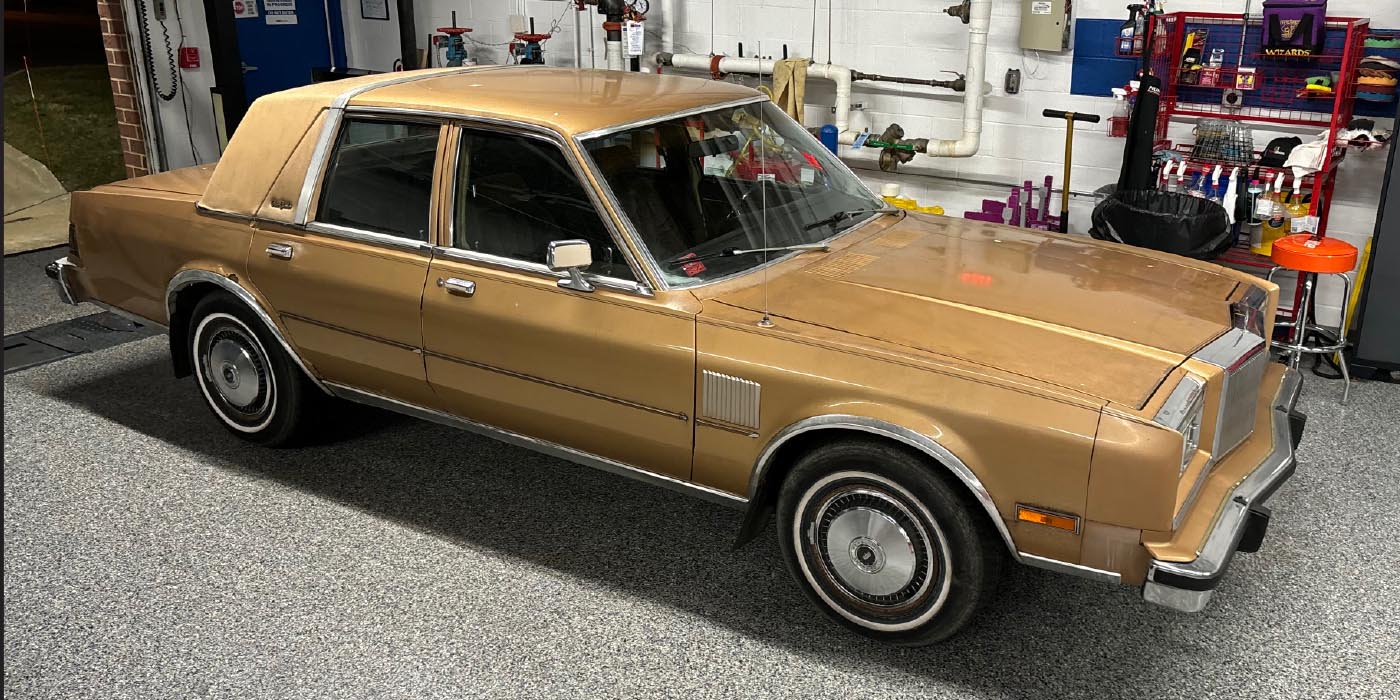By Mark Battersby
All insurance premiums are based on the risks involved. Insurance companies evaluate the situation to determine the risk of potential loss that they will have to assume and base their rates on the results. Therefore, any steps that a shop owner or manager can take to lower their risks not only helps safeguard the business, but may also make the auto repair operation eligible for lower insurance rates. Consider these steps:
Maintain adequate lighting throughout the business premises.
Keep electrical wiring, stairways, carpeting, flooring, elevators and escalators in good repair.
Install a sprinkler system, smoke and fire alarms and adequate security devices.
Keep a small amount of cash in the cash register.
Keep good records to help determine any loss – and the amount. In fact, consider keeping a second set of records off-site, such as with your accountant, insurance agent or at home.
Make sure your employees know how to lift properly and use all necessary safety equipment, such as goggles, gloves and respirators.
Consider using the services of a risk manager. These outside consultants can advise any business, large or small, about safety or environmental regulations that may have been overlooked, as well as talk to employees about safety practices.
And, finally, many automotive repair businesses may want to raise their deductible. How high should any shop raise the deductible is a question that is generally governed by how much the auto repair operation can afford to pay out of pocket. Be careful not to raise it so high that you cannot cover it should a loss occur.
Slashing insurance costs usually begins with shopping for competitive rates for the insurance coverages your shop needs – and can afford. Going even further to actively manage the auto repair operation’s exposure to risk will slash those insurance costs even further. The alternative is no insurance and possible ruin when disaster strikes.
And, finally, maintaining reasonable record of losses ratios and implementing loss control programs are two steps that can help even the smallest shop keep their insurance coverage costs down, year after year. Selecting an insurance carrier that has a positive history in the business, sound financials and services in loss control and claims can help solidify a positive relationship between any shop owner and an insurance carrier – and can induce insurance companies to seek your business, even in today’s insurance market.
A Helping Hand From The Tax Laws
For those who can’t afford or don’t want the protection afforded by insurance, our federal tax laws play an important role. First, most business losses are tax deductible.
Obviously, an income tax deduction, especially for losses, is not much help if the amount of the loss exceeds the auto repair operation’s annual income. However, if that loss is merely part of the operation’s overall loss, called a net operating loss (NOL), that NOL may be carried back to an earlier, more profitable year, resulting in a refund of previously paid taxes.
Tax law changes in 2002, extended the basic two-year period over which NOL losses could be carried back to five years, but only for NOLs occurring in 2001 and 2002. If the carryback year wasn’t a profitable one or wasn’t sufficient to absorb the NOL carryback, that NOL may be carried forward to offset future income.
Similarly, shop owners shouldn’t overlook the fact that the cost of insurance also is a legitimate tax deduction of the auto repair business. In essence, the government, in the form of a tax deduction, is picking up a portion of the tab for the high cost of needed insurance. There also are a number of other strategies for making insurance more affordable and, in some cases, even more available.


